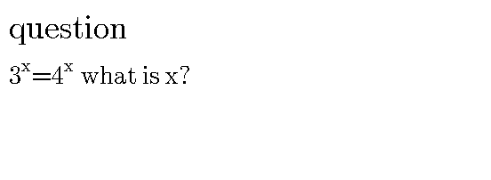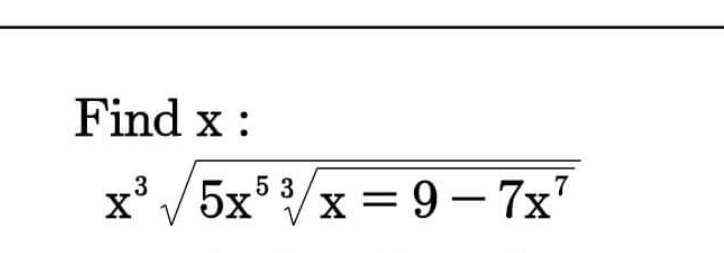
OthersQuestion and Answers: Page 65
Question Number 100785 Answers: 1 Comments: 0

Question Number 100744 Answers: 0 Comments: 17
Question Number 100624 Answers: 1 Comments: 3
Question Number 100539 Answers: 0 Comments: 2
Question Number 100442 Answers: 0 Comments: 5
Question Number 100482 Answers: 1 Comments: 0
Question Number 100295 Answers: 0 Comments: 0
Question Number 100240 Answers: 2 Comments: 9
Question Number 100097 Answers: 0 Comments: 1
Question Number 100000 Answers: 2 Comments: 1
Question Number 99997 Answers: 0 Comments: 2

Question Number 99995 Answers: 0 Comments: 0
Question Number 99994 Answers: 1 Comments: 0
Question Number 99975 Answers: 1 Comments: 0
Question Number 99962 Answers: 1 Comments: 0
Question Number 99892 Answers: 0 Comments: 0
Question Number 99889 Answers: 1 Comments: 0
Question Number 99853 Answers: 2 Comments: 0
Question Number 99670 Answers: 0 Comments: 2

Question Number 99669 Answers: 0 Comments: 0

Question Number 99623 Answers: 1 Comments: 1
Question Number 99568 Answers: 1 Comments: 4
Question Number 99485 Answers: 2 Comments: 0
Question Number 99411 Answers: 0 Comments: 2
Question Number 99368 Answers: 0 Comments: 1
$${please}\:{sir}\:{my}\:{problem}\:{in}\:{my}\:{solution} \\ $$$${is}\:{where}? \\ $$
Question Number 99314 Answers: 0 Comments: 2
